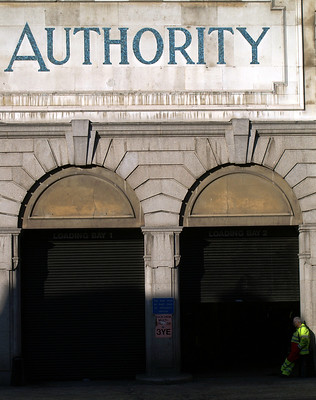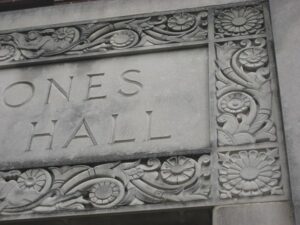US News and World Report published an interesting article today regarding red flags among higher education institutions’ financial conditions. The two specific areas of concern they mentioned were the institution’s debt load and its maintenance backlog. If I were making the list, I would also add planned construction, and the ratio of administrators to instructors, along with some more mundane costs, like utility expenses, retirement obligations, and the ratio of instructional to non-instructional costs.
It all adds up, and when it doesn’t, the students usually pay for it.
The institution’s debt load is an interesting issue. Debts are most frequently related to new construction projects and capital refreshes of existing campus buildings. The current enrollment crisis is trying to tell college administrators and trustees something. I can’t quite make it out, but it sounds something like, “Don’t build anything right now!” Colleges and universities have a lot of unused space on campus right now, thanks to the massive enrollment losses they’re seeing. Michigan alone has nearly 61,000 unfilled university seats and an eye-watering 186,000 empty community college seats.
This is literally not the time to build more space on campus.
Worse than the idea of building more space is this: each institution’s maintenance backlog represents buildings that aren’t being taken care of. Why would an institution authorize the construction of new space on campus when it cannot (or refuses to) take care of the buildings it has? There are few more glorious wastes of money than new construction on a half-filled campus. Not only is there the cost of the actual construction, but there is also the cost of interest, ordinary maintenance, and repairs.
Failure to prioritize maintenance at higher education institutions is Trustees’ fault
Without regular capital refreshes, campus buildings are pretty much locked into the energy efficiency they had when they were first constructed. Windows, doors, HVAC systems, roofing, insulation, lighting, the design of the building, and the materials used during construction all factor into the building’s energy consumption. Wide open spaces and soaring ceilings might look nice, but they’re expensive to light, heat and cool. Without consistent investments in energy efficient upgrades, higher education institutions can spend millions every year for energy that is largely wasted.
I want to be clear that higher education administrators know they need to spend money on maintenance and capital costs. They even have formulas that tell them how much they need to set aside for maintenance and capital refreshes. They simply choose to spend less on these activities because it means they can spend more on other, more visible things. (Like more administrators, higher salaries for themselves, and shiny new buildings.)
Students and prospective students need to judge higher education institutions on how well their administrators manage these costs. They need to rate institutions on the quality of the administrative decision-making. Ultimately, the students will pay for it, good or bad.
It shouldn’t have to be this way. This is what the Board of Trustees (or the Regents, or whatever they call themselves) should be doing. When administrations fail to spend adequately on maintenance, or they take on too much debt, that’s the fault of the Trustees. The Trustees have the authority to set budget priorities, and hire/fire administrators. More often than not, they simply choose not to use it.
Photo Credit: Dario , via Flickr


































